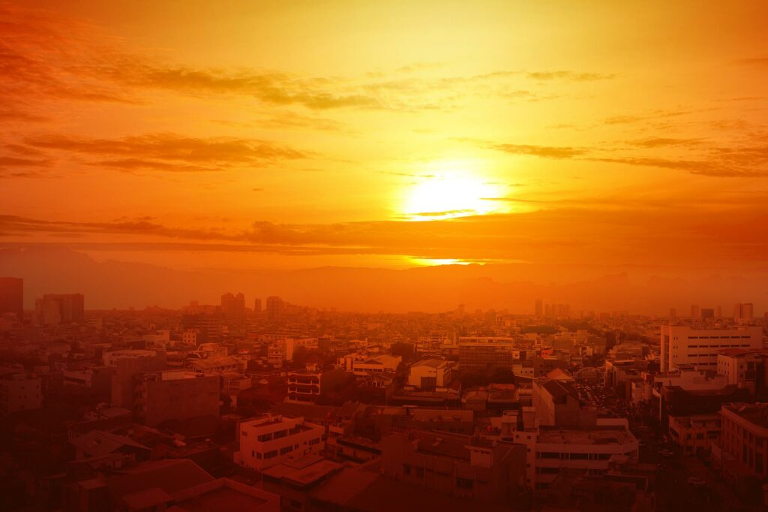Across the globe, temperatures are rising, causing record-breaking floods, droughts, storms, wildfires, and of course — ushering in a flood of unyielding heatwaves.
From Beijing to Delhi, Seville and Seattle, record temperatures are being reported. And, if global scientists’ assertions hold true, what we’re currently seeing (or for many of us, directly experiencing) will be just the beginning.
In the face of these stark realities, what can individual communities do to combat the ongoing climate crises? Turns out, quite a lot. Here are a few ways communities around the world are activating to help keep people safe in the face of unprecedented heatwaves and extreme weather conditions.
Addressing energy poverty in the Mediterranean
When temperatures rise to the point where they become dangerous, what happens to people who can’t escape the heat? As temperatures continue to soar and extreme heatwaves become the norm, a lack of resources to stay cool — so, having access to things like air conditioning, for example, — becomes a huge issue. This is especially true in southern Europe, a region that experienced a series of record-breaking, climate-fueled heatwaves this past summer.
In this audio documentary (from The Response series) Shareable speaks with the community and municipal leaders on the frontlines of this climate crisis about navigating the regional climate realities while working to keep people cool.
The world’s first Chief Heat Officer
During June and August of last year, the number of European heat related deaths spiked in direct correlation to historic heatwaves. Months later, the 26th United Nations Climate Change Conference was held in Glasgow, with many bemoaning the lack of urgency displayed by global leaders in response to our climate emergency. In the face of largely inactive international “allies”, cities and municipalities began taking things into their own hands.
In this interview, Robert Raymond sat down with Eleni Myrivili. Quoted at length in the aforementioned Response episode, Myrivili is Chief Heat Officer for the City of Athens (the first person to hold this title). Her position and others like it are a welcome sign of hope in the fight to address the impact of climate on localized residents and communities.
Governing an invisible hazard
Extreme heat is already the deadliest climate and weather-related hazard in the United States and cities are getting hotter as climate change and the urban heat island effect present compounding challenges. Communities everywhere need to proactively address inequitable heat risks, but compared with other more visible hazards like flooding, heat governance is underdeveloped. So, how do you plan for a hazard you can’t see?
In her spring Cities@Tufts lecture, Sara Meerow synthesizes the current state of extreme heat governance research and outlines an innovative framework for urban heat resilience.
Climate literacy from the ground up

Credit: Pexels
In Vivek Shadas’ native Portland, Oregon, disparities in urban development, accessible green space, and environmental protections lead to a temperature differential of about 15 degrees Fahrenheit from one part of the city to another. Because of this, marginalized communities often lack adequate protection from extreme heat, in addition to being left out of decision-making conversations that could improve their material conditions.
Can centering the needs and voices of those most affected be the key to addressing and minimizing structural climate inequities? What role does climate literacy play in establishing a more equitable climate future? In his Cities@Tufts presentation, Shandas examines these questions and more.
Advocating for the most vulnerable
For some, extreme weather events are an inconvenience that keeps them home from work or school; for others, such events are life threatening. For the most vulnerable people in weather-impacted communities, especially the homeless, there is little respite from the elements—including extreme temperatures, like heatwaves.
In this article, Casey O’brien offers a few examples of overarching policies communities can embrace in order to keep people safe — including making public spaces more accessible and providing no-cost relief services (like cooling centers) to urban residents.





